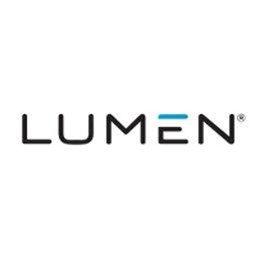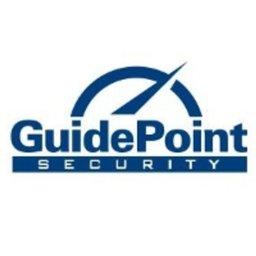DevSecOps Practices
DevSecOps practices extend the principles of DevOps by integrating security into every phase of the software development lifecycle. For PHP developers, this means taking a proactive 'security as code' approach, ensuring that applications are designed, built, and deployed with security as a primary consideration, rather than an afterthought.
Integrating Security into the PHP Lifecycle
A developer following DevSecOps practices is responsible for embedding security measures directly into the development and operations workflow. This approach helps to identify and mitigate vulnerabilities early, reducing risk and cost.
- Automating security testing within the CI/CD pipeline, including Static Application Security Testing (SAST) and Dynamic Application Security Testing (DAST).
- Using tools like
PHPStanandPsalmwith security-focused rule sets to detect potential vulnerabilities in code. - Managing application dependencies and scanning for known vulnerabilities using tools like
Composer audit. - Implementing secure coding practices to prevent common vulnerabilities like those listed in the OWASP Top 10.
- Managing secrets and credentials securely using solutions like HashiCorp Vault or cloud provider services.
Key DevSecOps Skills and Tools
This specialization requires a strong foundation in both development and security principles.
- Security Principles: Deep understanding of common web vulnerabilities (SQL injection, XSS, CSRF) and mitigation techniques.
- Automated Scanning Tools: Experience with SAST, DAST, and dependency scanning tools.
- Infrastructure Security: Knowledge of securing servers, containers, and cloud environments.
- Identity and Access Management (IAM): Understanding principles of authentication and authorization.



